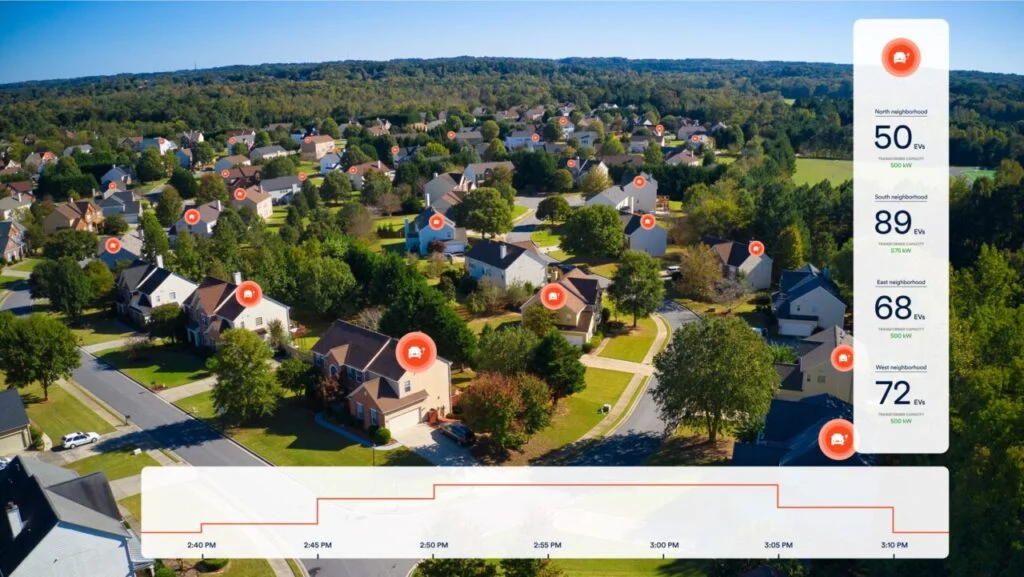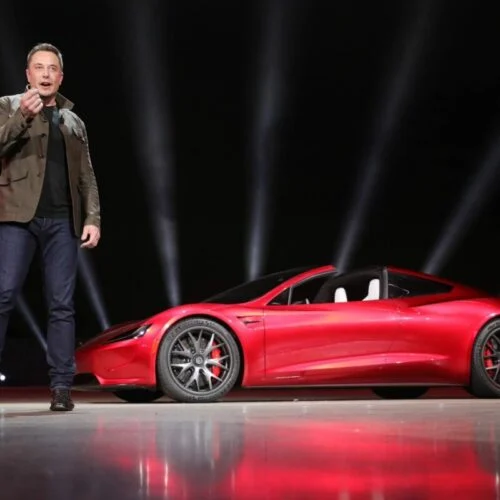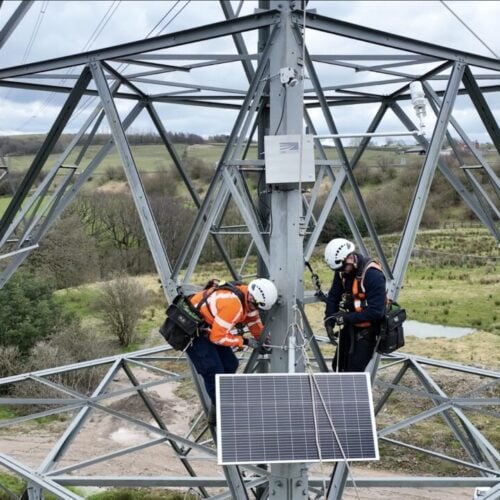EV charging load management system to ‘transform the relationship between residential consumers and utilities’
Energy intelligence company Sense this week launched a new load management system for home EV charging.
Delivered through AMI 2.0, a smart metering system that incorporates edge computing and real time data analytics, Sense’s EV Analytics offering provides EV detection and charging insights for better forecasting, distribution planning and more efficient managed charging programme delivery for utilities.
Sense’s EV Analytics enables utilities to detect charging behaviour across all vehicles and chargers, meaning they could estimate L1 and L2 events, including start-stop times and kWh consumption. It works with any charger brand or type, removing the need for proprietary telematics or cloud-based integrations.
Speaking to Current± about the launch, Sense’s SVP of product Nancy Riley explained that Sense’s mission is to “transform the relationship between residential consumers and utilities to facilitate the grid transformation that needs to happen”.
When a consumer buys an EV, the additional load can come as a surprise to the utility company, “because they all of a sudden have these new big loads appearing in areas of the grid that they may not have expected”.
This presents an issue when the jump in demand can turn “what seems like a non-constrained area into a constrained area pretty quickly”.
EV Analytics means that utilities have real data to feed into their modelling when they forecast demand, time of demand and ultimately what areas will need infrastructural upgrades. Integrated utility system wide would enable consumers to be enrolled in utility-managed charging programmes.
Riley said: “We can deliver insights to the utilities like EV detection and other indicators of grid health, and we can deliver insights to the consumer about what’s going on in their home and what they might do to save energy, either overall or by participating in programmes like managed charging or demand flexibility.
“Making it possible for those two key stakeholders to work together is a really exciting opportunity.”
EV charging to support the grid
While the additional load added by EV charging can be difficult for grid operators and utilities to manage, it can also offer a solution for constrained or over-supplied networks.
In Switzerland, Eaton and AMP IT SA recently launched an “EV-charging-as-a-service” offer, seeing the two companies install and manage EV charging infrastructure for multi-residential, office, industrial and logistics buildings.
The collaboration will follow Eaton’s “Buildings as a Grid” approach, which combines local power generation, energy storage systems, and smart energy control to maximise renewable energy consumption and optimise energy usage for large-scale buildings.
Initiatives like these also offer benefits for consumers, though where those are delivered can vary. A smart charging pilot programme funded by the California Energy Commission (CEC) recently showed EV charging based on dynamic price signals outperforms time-of-use (ToU) rates.
Hourly price signals and active control meant that EV load was managed, using dynamic grid integration (the types of capability Sense’s EV Analytics could unlock), to align with cheaper, cleaner energy availability, saving ChargeWise California customers US$10–20/month (£7-£14/month) and shifting up to 30% of EV charging to solar-rich hours.






